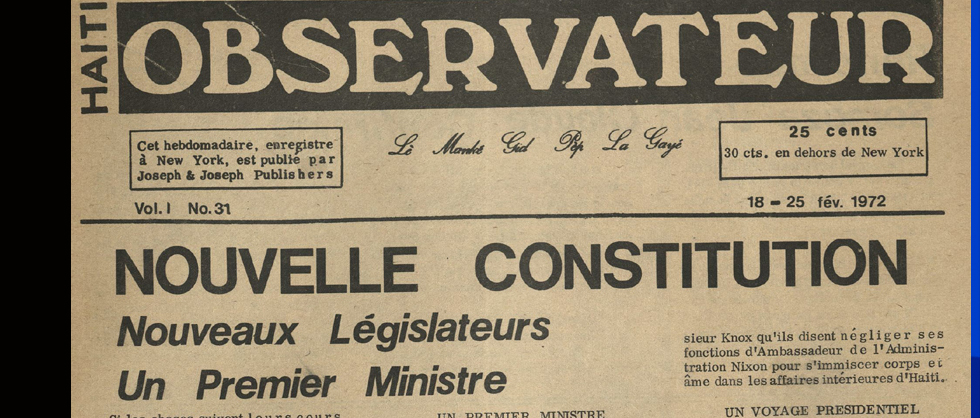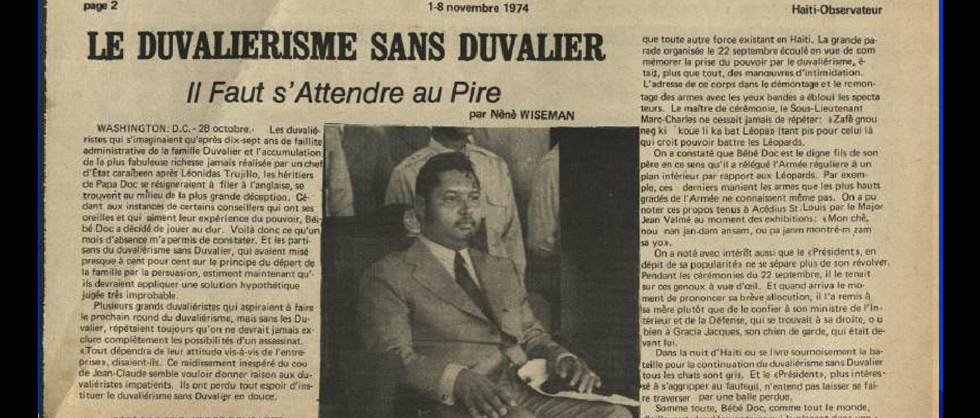Senators Lamar Alexander (R-TN) and Patty Murray (D- WA) created a bipartisan bill last year to improve health insurance markets. The deal allocates funds for cost-sharing reductions, which reduce out- of-pocket costs for low-income beneficiaries.
The senators’ bill is a welcome step to stabilizing the individual markets. The Administration previously announced its intention to slash funds for CSRs. That action, though, would skyrocket premiums for low-income beneficiaries and price some out of coverage, further eroding the individual market.
Continuing CSR payments is a critical step. But our country needs more legislative action to reform the individual insurance markets. Without it, premiums will continue to soar and Americans will have fewer options for coverage.
One of the reasons the individual market is unstable is because it lacks enough young, healthy enrollees pay- ing premiums to offset the costs of older, sicker enrollees. Millennials must comprise 40 percent of the market pool if rates are to be stable. But only 28 percent of enrol lees are 34 or younger.
Consequently, health insurers have struggled. Anthem lost $374 million selling such policies in 2016. Many insurers are responding by reducing or eliminating agent commissions or pulling out of the individual market. Nearly 40 percent of those that sold plans in 2017 won’t do so this year.
The insurers that are stick ing around have raised premiums — in 2017, by an aver- age of 25 percent. In 2018, premiums could increase even more.
This is unsustainable. Hikes discourage healthy people from enrolling. Insurers would have to boost premiums further to cover their costs. That would cause even more healthy people to drop coverage. Eventually, the individual market will collapse.
Congress could lower premiums by eliminating the Health Insurance Tax (HIT).
This sales tax on health plans is expected to increase premiums by $158 for individual plans and $188 for large group insurance in 2018.
Congress suspended HIT for one year in 2017. Law-makers would be wise to eliminate it completely. Lower premiums would make plans attractive for young, healthy Americans. The more people in the individual market, the easier it is for insurers to project overall costs — and avoid the need for massive rate hikes.
Congress could also give states more funding to enact their own reforms. For instance, Alaska previously implemented a $55 million “reinsurance” program for high-cost enrollees. Essentially, the state helped pay claims for extremely sick enrollees. That reduced the financial burden on insurers
and enabled them to lower premiums by 24 percent. Congress should also es- tablish safeguards to promote positive outcomes and main- tain a functioning employer- based coverage system.
Regulatory changes could stabilize the individual market, too. The administration can start by easing the enroll- ment process. In 2016, three in four people shopping for an individual plan who received assistance from people like insurance agents or brokers enrolled in plans.
In addition, cracking down on the abuse of “special enrollment periods” would enable insurers to better pre- dict claims costs — and reduce the need for premium hikes.
Most people buy coverage during open enrollment. But if people experience certain life events, they can sign up during a special enrollment period. In 2015, people who signed up during special enroll- ment cost 41 percent more to insure than regular enrollees.
To prevent fraud, regulators could require people to prove that they’re eligible for special enrollment.
The individual market is not sustainable. Lawmakers need to protect the millions of Americans who are faced with rising premiums, fewer choices, and uncertainty due to the instability of the individual market.
- Janet Trautwein is CEO of the National Association
cet article de l’édition du 14 février 2018, se trouve en P. 14 de la version PDF, à l’adresse suivante : http://haiti-observateur.ca/wp-content/uploads/2018/02/H-O-14-fev-2018-1.pdf










